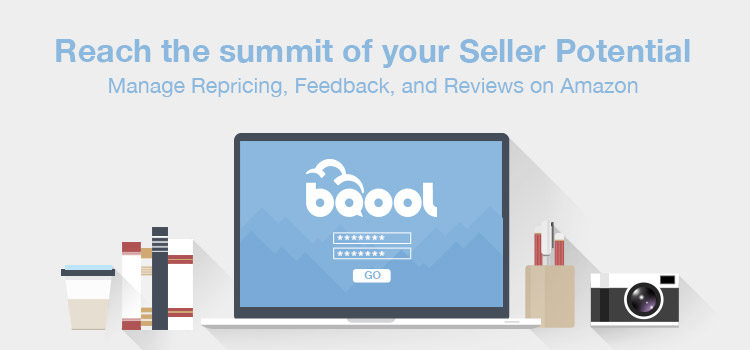How to Avoid Long Term Storage Fees
Please visit “How to Avoid FBA Long-Term Storage Fees in 2020” post for more information on the 2020 Amazon Long Term Storage fees and how to avoid them.
Fulfillment by Amazon FBA sellers, gone are the days (well, since 2011) when you could use Amazon as a warehouse to store your merchandise for cheap. With Amazon running out of warehouse space each year, they decided measures had to be taken to alter the selling habits of FBA sellers.
In an attempt to discourage storing slow-selling merchandize in fulfillment centers, Amazon implemented a bi-annual Long Term Storage Fee.
Make sure you have these two dates marked on your calendar: February 15th and August 15th. These are the two dates that you will be assessed a bi-annual long term storage fee of US$22.50/cubic feet, (not per item) which comes out to US$45/cubic feet/year.
Some important details to note:
1. A single unit of a particular ASIN is exempt from the fee, only additional units/copies of the same ASIN will be charged with the fee.
2. Amazon employs FIFO (First In First Out) accounting, which assumes the oldest remaining items are assumed to have been the first sold. For example, 10 copies of the same book were sent in through FBA on January, 2012, and 8 of them were bought within 3 months; so you decide to re-stock 5 more copies on April, 2012, which runs your total to 7 copies. However, once February 15th, 2013 comes along, you only have to pay for the two copies that were originally sent in on January, 2012, the fee for the other 5 new copies won’t kick in until August 15th, 2013. (They would exceed the 365th day by April, 2013).
3. The fee only applies for products still in the fulfillment center after 365 days or more of storage on either February 15th or August 15th. This means you don’t have to pay for the fee if you can sell a product that’s been warehoused for more than a year before one of the two fee dates. So in the previous example, even if the 5 copies are stored for more than a year by April, 2013, you can avoid the fee if you sell all 5 copies before August 15th, 2013.
So what options do you have if you don’t want to pay the fee? Aside from selling your products quickly by repricing more competitively, you can choose to have them destroyed or returned to you.
As a rule of thumb, if the product has low margin and lower potential of sale, it makes more sense to request Amazon to destroy it for $0.15 per standard sized unit and $0.30 per oversized* unit. If you think it can be re-sold in other channels or sometime in the future, you can request Amazon to send it back to you for a fee of $0.50 per standard sized unit and $0.60 per oversized* unit, which includes the cost of shipping.
So to avoid the dilemma of choosing the last two options, neither of which are appealing, make sure your products are priced competitively and sold quickly. Try our repricer, It will save you much time to avoid long term storage fees.
*Standard-Size includes any packaged Unit that is 20 lb. or less with its longest side 18 inches or less, its shortest side 8 inches or less, and its median side 14 inches or less. A Unit exceeding any of these dimensions is Oversize.
Published by BQool Marketing on Jan 3, 2014









November 18, 2016
Your article petcferly shows what I needed to know, thanks!
November 21, 2016
Hello,
Thank you for your feedback! Your support is our motivation. We will continue posting and sharing more information with you all. Thanks again!